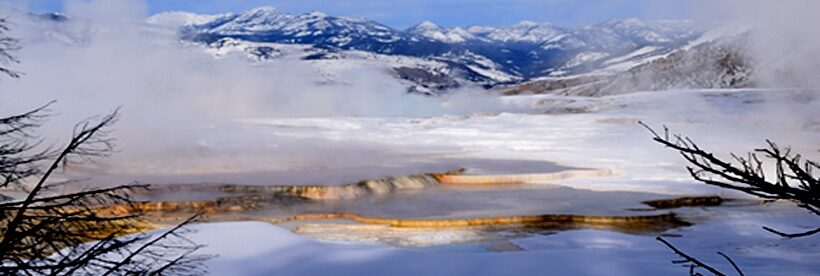Montana’s autumn is my favorite time of the year to do field work. Daytime temperatures are usually cool enough to encourage one to keep moving and the lighting is simply gorgeous. It is also one of the best times to visit areas in and around Yellowstone National Park (YNP) because most of the tourists have gone home. So no huge bear traffic jams or jostling for parking spots at the better known thermal spots in YNP and surrounding environs – it’s just a wonderfully introspective time for field forays. What follows are several photos that chronicle some of my fall wanderings in the greater Yellowstone area, both in terms of wildlife and geology.
Some of my favorite sightings in YNP are bison at any time of the year. But the autumn snows bring on the bison’s technique of using its head to clear snow away from any vegetative food source. The result of their snow-clearing activity is a snow-masked face.
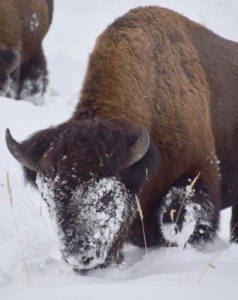
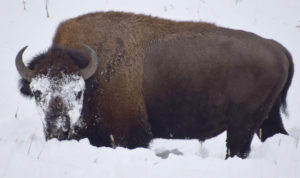
And where the snow hasn’t stacked up much, the YNP bison calmly graze and occasionally congregate on a ridge line to watch what remains of the YNP visitor traffic.
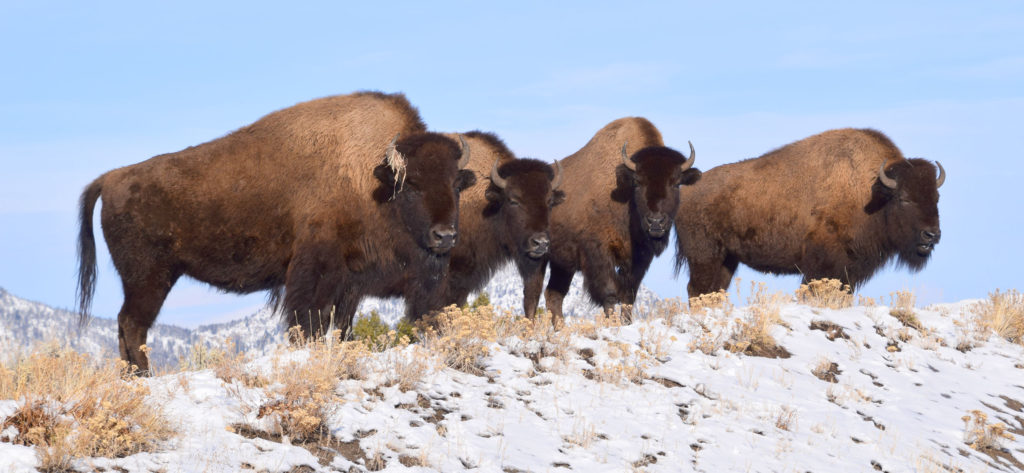
Geological features in YNP take on new dimensions with the golden low and slanting light of autumn. I’ve spent much time re-photographing geologic features at all scales that seem to glow in this season’s light.
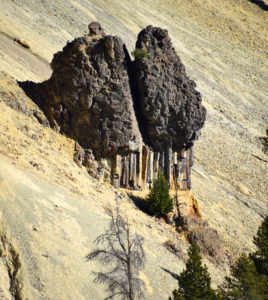
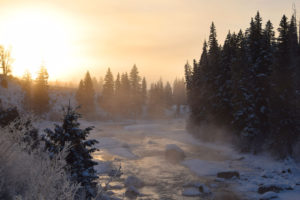
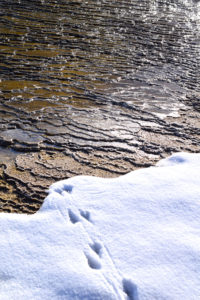
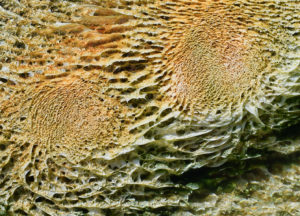
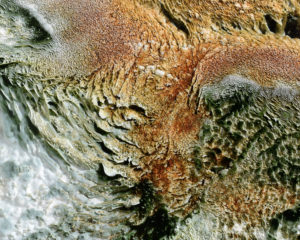
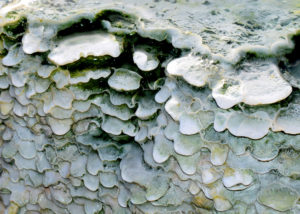
The fall staging areas of sandhill cranes in southwestern Montana are mesmerizing. Staging areas are those locations where cranes annually congregate during late September into October, spend several days foraging through fields for food, and eventually continue on their migration southward from Montana to Colorado and the southwestern U.S.. The staging area that I usually go to is near Dillon, Montana, where hundreds of cranes can be viewed.
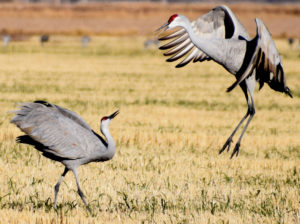
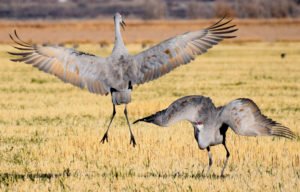
As I said initially, it’s hard to surpass a Montana/YNP autumn!
